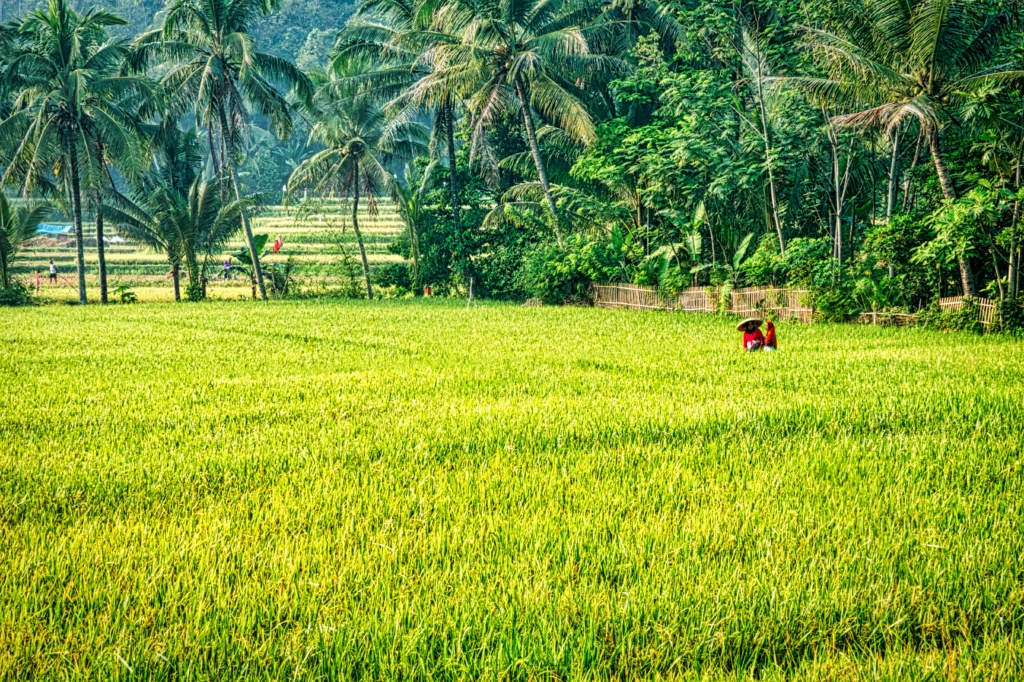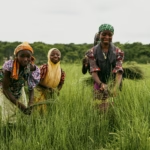
Across the African continent, a quiet revolution is taking root—literally. As farmers face mounting challenges such as soil degradation, erratic rainfall, and declining yields, many are turning to an ancient yet innovative practice: tree-based farming. Known more formally as agroforestry, this approach integrates trees into farmland and agricultural systems, offering long-term environmental, economic, and social benefits.
Tree-based farming is not just a trend—it is transforming African landscapes and livelihoods in measurable ways. By combining crop cultivation with sustainable forestry practices, African farmers are restoring degraded land, enhancing food production, and building resilience in the face of climate change.
What Is Tree-Based Farming?
Tree-based farming is an agricultural method that combines the planting and management of trees with conventional farming activities like growing crops or raising livestock. Unlike monoculture farming, where only one type of crop is grown season after season, tree-based systems mimic natural ecosystems. They support biodiversity, enhance soil health, and offer year-round yields through fruit, nuts, timber, fodder, and medicinal plants.
In Africa, this method is adapted to different regions and cultures. In the Sahel, for instance, farmers plant drought-resistant trees like Faidherbia albida among cereals. In East Africa, coffee is often grown under the shade of banana and leguminous trees. These diverse examples show that tree-based farming is highly flexible and scalable.
Why Tree-Based Farming Matters for Africa
Africa’s agricultural future depends on sustainable practices that restore soil fertility, retain water, and support food security. Tree-based farming offers a powerful solution to several of the continent’s most pressing agricultural challenges:
1. Combating Soil Degradation
Years of over-farming, deforestation, and chemical usage have stripped many African soils of their natural fertility. Tree roots help hold soil together, reduce erosion, and improve nutrient cycling. Certain trees, like nitrogen-fixing legumes, replenish the soil naturally—eliminating the need for synthetic fertilizers.
2. Improving Climate Resilience
Africa is among the most vulnerable regions to climate change. Erratic weather patterns, prolonged droughts, and floods have become common. Tree-based farming helps buffer these effects by regulating microclimates, increasing water infiltration, and storing carbon in biomass. Trees act as natural air-conditioners for the farm, shielding crops from harsh weather.
3. Boosting Food and Income Security
Trees provide more than environmental benefits—they also diversify income sources. Farmers can harvest fruits, nuts, oils, and timber from tree species planted on their land. This reduces dependency on a single crop and provides fallback income during poor harvests. For smallholder farmers, this diversification is crucial for financial stability.
Real-World Examples of Tree-Based Farming in Africa
Many success stories across Africa demonstrate the impact of tree-based farming on productivity and sustainability:
- Niger: Over 5 million hectares of land have been restored through farmer-managed natural regeneration, a form of tree-based farming. By protecting and nurturing tree stumps, farmers have increased crop yields and reclaimed degraded land without the use of expensive technology.
- Kenya: Coffee farmers in central Kenya are increasingly planting Grevillea trees to provide shade and mulch for their coffee bushes. These trees not only boost coffee quality but also supply firewood and timber, helping reduce pressure on nearby forests.
- Ghana: Cocoa farmers are incorporating shade trees to improve yields and meet international certification standards. These systems enhance biodiversity, stabilize temperature, and reduce the spread of pests.
Benefits Beyond the Farm
Tree-based farming also contributes to broader societal and ecological goals:
a. Community Empowerment
Agroforestry often involves shared knowledge and labor. In many African regions, community-led initiatives have brought people together to manage forests, plant trees, and share in the benefits. This sense of ownership strengthens social bonds and supports local economies.
b. Restoration of Ecosystems
With the growing focus on environmental conservation, tree-based farming plays a vital role in reversing desertification and habitat loss. It supports pollinators, birds, and wildlife, creating a healthy, balanced environment around farmlands.
c. Carbon Sequestration
Trees act as carbon sinks. By integrating them into farming systems, African countries contribute to global climate goals. Agroforestry is increasingly recognized as a nature-based solution to climate change in global forums.
Challenges to Adoption
Despite the clear benefits, tree-based farming faces hurdles:
- Initial Investment and Time: Trees take time to mature. Many farmers, especially those with limited resources, may be reluctant to invest in practices that offer delayed returns.
- Lack of Knowledge: Training and education are essential. Many farmers are not fully aware of the long-term gains or may not know how to implement agroforestry effectively.
- Land Tenure Issues: In areas where farmers do not have secure land rights, there is little incentive to invest in long-term practices like planting trees.
Policy Support and the Road Ahead
Governments, NGOs, and international organizations are increasingly supporting agroforestry through training programs, subsidies, and seed distribution. Policies that recognize tree-based farming as a viable climate and agricultural strategy are key to scaling its adoption.
Initiatives such as the African Forest Landscape Restoration Initiative (AFR100) and the Great Green Wall project are also driving large-scale investments in land restoration through tree planting and agroforestry.
Moreover, private companies working in agri-export sectors are beginning to source from farms that follow sustainable and climate-smart practices. As demand grows for ethically sourced African products, farmers practicing tree-based farming stand to gain access to premium markets.
Conclusion
Tree-based farming is more than just planting a few trees—it’s a transformative approach that aligns agricultural productivity with environmental sustainability. Across Africa, it is restoring landscapes, securing livelihoods, and building resilience against a changing climate.
As more farmers, policymakers, and stakeholders recognize its value, tree-based farming will continue to shape the future of agriculture across the continent. It offers a hopeful path forward—where economic growth, food security, and environmental stewardship go hand in hand.











Add comment